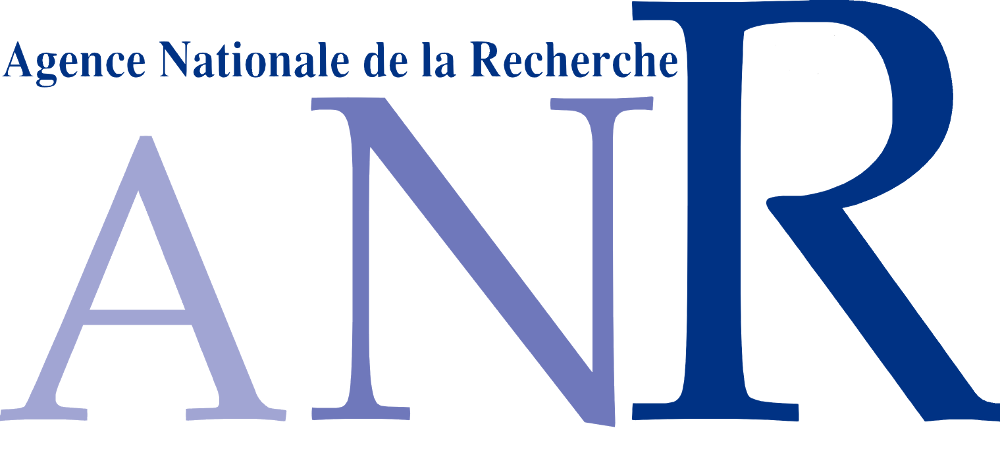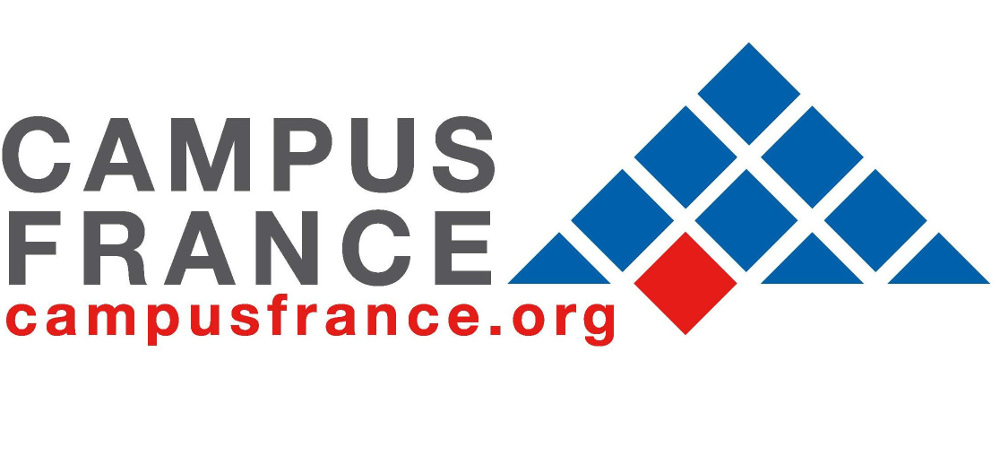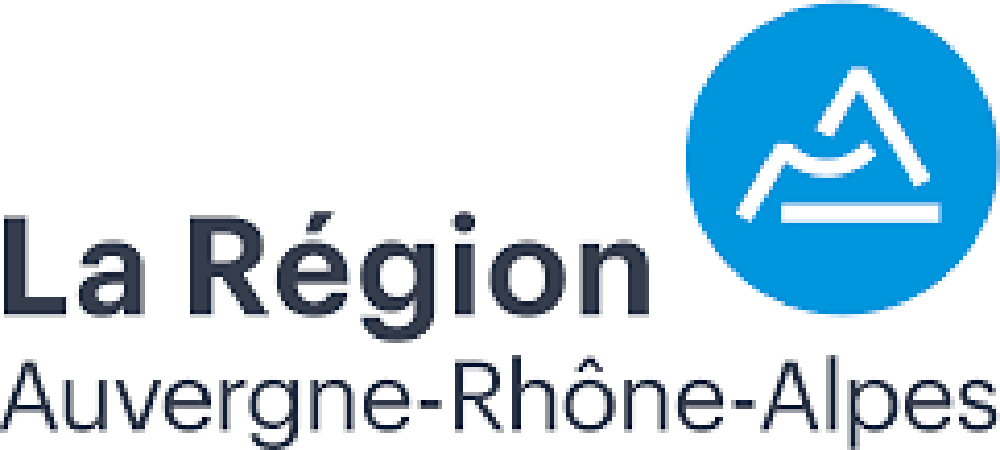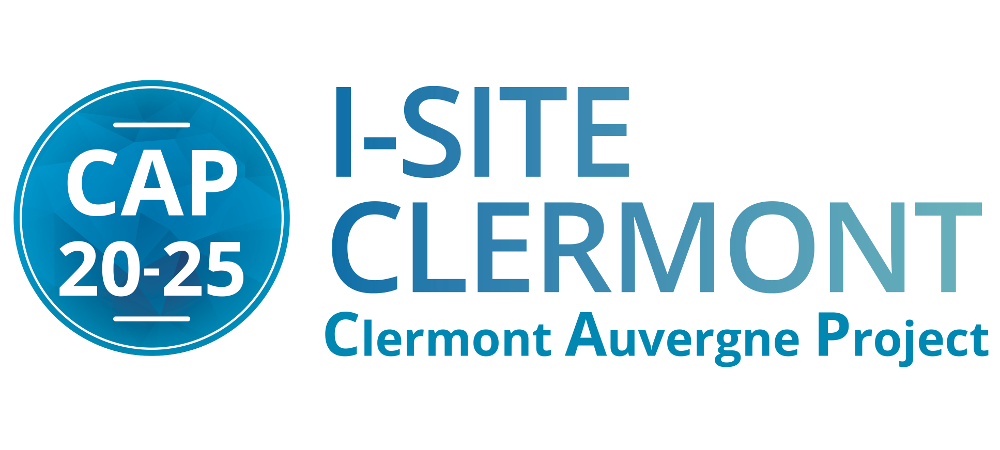Current research projects:

ANR PRCE R-VESSEL-X (Robust vascular network extraction and understanding within hepatic biomedical images), PI
Website

ANR JCJC MoS-T (Recherche et visualisation de Motifs Spatio-Temporels fréquents dans un grand graphe), Member

PHC UTIQUE CIRRHOSE (Classification d'Images Répartie pour la Reconnaissance de lésions Hépatiques, avec des OntologieS, et à grande Echelle), French coord.
Related publications:Former projects:

ANR MRSEI NETDELIVER (Network on numerical modeling and simulation of anticancer drug delivery in liver), PI
Website

Nouveau chercheur (Segmentation and visualization of liver components within contrast-enhanced images), PI
Related publications:
CAP 20-25 EMERGENCE (Miniaturisation d’un Plasma froid pour le traitement endovasculaire des tumeurs Hépatiques), Member
Related publications:
Title
Robust image processing: definition, algorithms and evaluation
Defense
Tuesday, 13 February 2018, 3pm, IUT Le-Puy-en-Velay, Amphithéâtre 0
Reviewers
Ms Isabelle BLOCH, Professor, Telecom ParisTech, LTCI
Mr Reinhard KLETTE, Professor, Auckland Univ. of Technology, New-Zealand
Mr Grégoire MALANDAIN, Research director, INRIA
Jury members
Ms Evelyne GIL, Professor, Univ. Clermont Auvergne, IP
Ms Chafiaa HAMITOUCHE, Professor, Telecom Bretagne, LaTIM
Mr Fabrice HEITZ, Professor, Univ. de Strasbourg, ICube
Mr Christophe LOHOU, Professor, Univ. Clermont Auvergne, IP
Mr Grégoire MALANDAIN, Research Director, INRIA
Abstract
Image has an important role in our society, in digital photography, television, internet and social networks or even internet of things.
Since the 60s, a lot of scientific developments have been dedicated to image processing, with various applications such as industrial vision systems, satellite image understanding or biomedical imaging.
This habilitation, entitled Robust image processing: definition, algorithms and evaluation, groups different original contributions dealing with image processing, and more precisely about image enhancement and denoising, digital geometry and topology for graphical object representations, video segmentation for moving object detection (or background subtraction). A recurrent problem of image processing is the presence of an uncontrolled and destructive perturbation within image: the noise. In the literature, the ability of an algorithm to resist to noise is generally named robustness, but without any clear modeling about this notion. This report
aims at proposing an original and fundational definition of robustness for image processing, by considering several scales of noises. It is then applied for the cases of image denoising and video background subtraction. Finally, other contributions concern medical image analysis with computer-aided clinical applications about the liver: scan image segmentation to extract the liver, its vessels and cancerous tumors, the automatic detection of these lesions by machine learning, and image-based numerical simulation of hepatic blood flow. The end of this report proposes innovative research directions about robustness of image processing algorithms, directed to biomedical applications.
Keywords
Image processing, digital geometry, computer vision, robustness, biomedical image analysis, liver
 DOWNLOAD MY HDR THESIS
DOWNLOAD MY HDR THESIS
Title
Discrete geometry on irregular isothetic grids
Defense
Thursday, 8 December 2008, 2pm, IUT Lumière, Salle de Conférences
Supervisors
Mr David COEURJOLLY, CNRS scientist, LIRIS, Lyon
Ms Laure TOUGNE, Professor, LIRIS, Lyon
Reviewers
Mr Eric ANDRES, Professor, XLIM, Poitiers
Mr Walter G. KROPATSCH, Professor, TU Wien, Austria
Mr Edouard THIEL, Professor, LIF, Marseille
Jury members
Mr Eric ANDRES, Professor, XLIM, Poitiers
Mr David COEURJOLLY, CNRS scientist, LIRIS, Lyon
Mr Jean-Michel JOLION, Professor, LIRIS, Lyon
Ms Annick MONTANVERT, Professor, Gipsa-Lab, Grenoble
Mr Edouard THIEL, Professor, LIF, Marseille
Ms Laure TOUGNE, Professor, LIRIS, Lyon
Abstract
The systems that perform the acquisition of two or three (2-D or 3-D) dimensional images
usually provide data structured on a regular grid, also called discrete data. Those discrete
objects are now efficiently handled: for measure extraction or visualization, discrete geometry defines geometrical and mathematical tools for many applications.
In this PhD thesis, our goal is to adapt algorithms developed in discrete geometry to
irregular isothetic grids. This generic grid model allows to represent the image structures
based on pixels or voxels with variable position and size (or cells): anisotropic grids, commonly used in medical imagery, hierarchical decompositions like quadtree/octree, the compression methods like the run length encoding, etc. We propose to extend two methodologies, widely studied for discrete shape analysis, to this representation: the reconstruction
of complex binary objects and distance transformation.
To process the topological and geometrical reconstruction of irregular objects, we
build the irregular discrete Reeb graph, that sums up the shape of the input object. Then,
we compute and exact polygonal structure. Those two representations can be quickly
updated, when a cell of the object is refined, or when several cells are grouped together.
We propose two applications of our system: the distinction of ambiguous characters in a
software for licence plate recognition, and planar implicit curve approximation.
The distance transformation of a regular image may be computed with many algorithms, their common point is generally that they build the discrete Voronoi diagram. In
this PhD thesis, we study the computation of this decomposition on irregular isothetic
grids and we propose an optimal and linear algorithm (in respect to the number of cells
in the grid) in 2-D. We have also developed two algorithms extensible to n dimensions,
which complexity (time et space) principally depends on the irregularity of the input grid.
Keywords
Discrete geometry, irregular isothetic grids, polygonal reconstruction, interval arithmetic, distance transformation, Voronoi diagram
 DOWNLOAD MY PHD THESIS
DOWNLOAD MY PHD THESIS